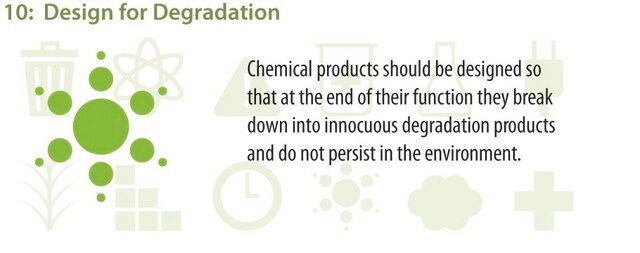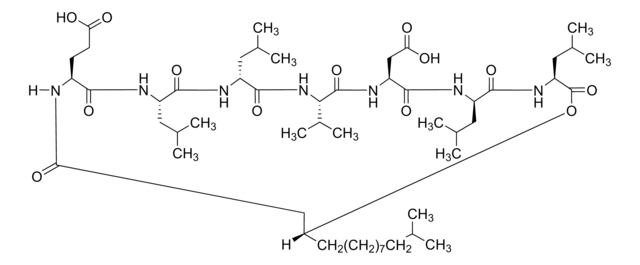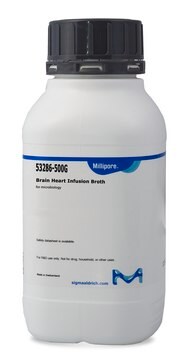01913
2-Ethoxyethyl-acetat
certified reference material, TraceCERT®
Synonym(e):
1-Acetoxy-2-ethoxy-ethan, Cellosolve® acetat, Ethylenglykolmonoethyletheracetat, Ethylglykolacetat
About This Item
Empfohlene Produkte
Qualität
certified reference material
TraceCERT®
Qualitätsniveau
Dampfdichte
4.6 (vs air)
Dampfdruck
2 mmHg ( 20 °C)
Produktlinie
TraceCERT®
Selbstzündungstemp.
715 °F
Haltbarkeit
limited shelf life, expiry date on the label
Expl.-Gr.
13 %
Lagerbedingungen
under inert gas
Methode(n)
HPLC: suitable
gas chromatography (GC): suitable
Brechungsindex
n20/D 1.406 (lit.)
bp
156 °C (lit.)
mp (Schmelzpunkt)
−61 °C (lit.)
Dichte
0.975 g/mL at 25 °C (lit.)
Anwendung(en)
cleaning products
cosmetics
environmental
food and beverages
personal care
Format
neat
Lagertemp.
2-8°C
SMILES String
CCOCCOC(C)=O
InChI
1S/C6H12O3/c1-3-8-4-5-9-6(2)7/h3-5H2,1-2H3
InChIKey
SVONRAPFKPVNKG-UHFFFAOYSA-N
Suchen Sie nach ähnlichen Produkten? Aufrufen Leitfaden zum Produktvergleich
Allgemeine Beschreibung
Certified content by quantitative NMR incl. uncertainty and expiry date are given on the certificate.
Download your certificate at: http://www.sigma-aldrich.com.
Verpackung
Rechtliche Hinweise
Signalwort
Danger
Gefahreneinstufungen
Acute Tox. 4 Dermal - Acute Tox. 4 Inhalation - Acute Tox. 4 Oral - Flam. Liq. 3 - Repr. 1B
Lagerklassenschlüssel
3 - Flammable liquids
WGK
WGK 2
Flammpunkt (°F)
129.2 °F - closed cup
Flammpunkt (°C)
54 °C - closed cup
Hier finden Sie alle aktuellen Versionen:
Besitzen Sie dieses Produkt bereits?
In der Dokumentenbibliothek finden Sie die Dokumentation zu den Produkten, die Sie kürzlich erworben haben.
Kunden haben sich ebenfalls angesehen
Unser Team von Wissenschaftlern verfügt über Erfahrung in allen Forschungsbereichen einschließlich Life Science, Materialwissenschaften, chemischer Synthese, Chromatographie, Analytik und vielen mehr..
Setzen Sie sich mit dem technischen Dienst in Verbindung.










